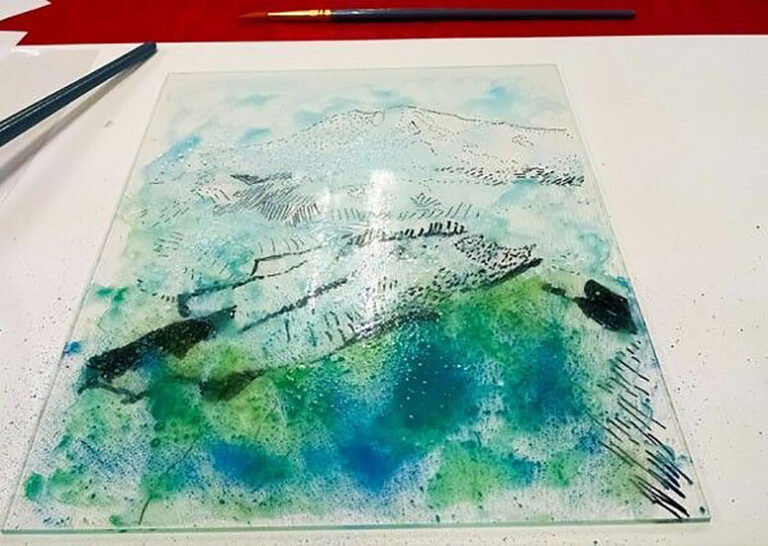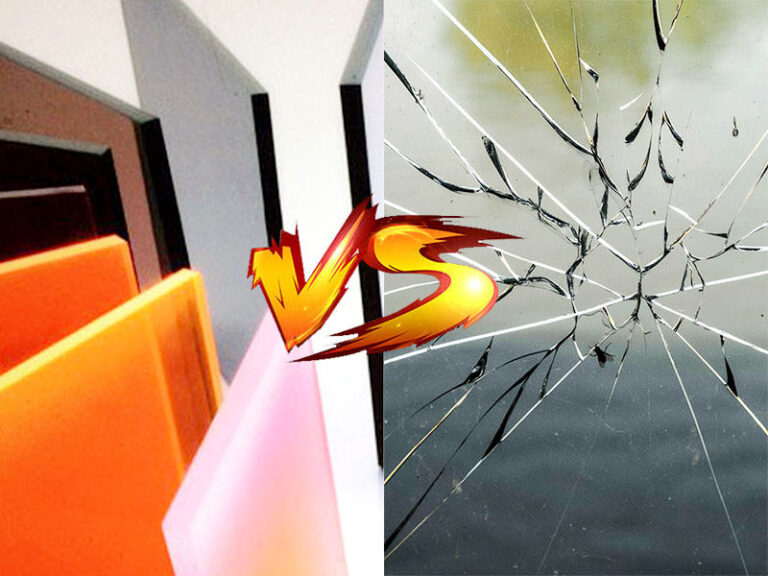-
Xinqi Development Zone, Leliu, Foshan, Guangdong

Cutting Acrylic Sheets? 6 Must-Know Maintenance Rules + Sizes
Abstract:
Acrylic sheet has become a popular material for modern design due to its high light transmittance and durability, but improper use can lead to scratches, yellowing and even cracking. This article combines the standards of the American Plastics Industry Association (SPI) and the measured data of the German Materials Laboratory to systematically analyze 6 major maintenance tips and block size selection strategies. Through the recommendation of cleaning tools from brands such as 3M and the research on Japanese cutting technology, it helps you avoid 90% of common usage misunderstandings and extend the material life by more than 30%.
1. Scientific methodology for cleaning acrylic sheets
Argument 1: Tool selection determines surface life
- Experimental data: According to tests conducted by the Fraunhofer Institute in Germany, cleaning with 100% cotton cloth will result in the accumulation of microscopic scratches of 0.2μm/time, while microfiber cloth will only produce 0.02μm damage.
- Operation Guide: It is recommended to use 3M™ Scotch-Brite™ non-woven fabric (product link) with a neutral detergent of pH6.5-7.5, and wipe in concentric circles.
Argument 2: Forbidden and safe areas for solvent selection
- Authoritative ban: The Society of Plastics Engineers (SPE) of the United States explicitly prohibits the use of ketone-containing (such as acetone) and ester solvents. It is recommended to use isopropyl alcohol dilution (concentration <40%) to treat stubborn stains (SPE Technical White Paper).
2. 3 Golden Rules of Environmental Control
Argument 3: Quantitative Management of Temperature Sensitivity
- Heat Deformation Threshold: According to the Japanese JIS K7171 standard, the continuous use temperature of general acrylic sheets must be ≤80℃, and the instantaneous temperature resistance must be ≤120℃. It is recommended that the installation area be ≥1.5 meters away from the heat source (JIS Standard Library).
Argument 4: Advanced UV Protection Solutions
- Coating Technology: DuPont™ Tedlar® PVF film (Technical Documents) can extend the anti-yellowing period from 2 years to 8 years, and the transmittance loss is controlled within 5%.
III. Engineering calculation of block size
Argument 5: Mechanical matching of thickness and span
- Load formula: According to the US ASTM D790 standard, the maximum unsupported span of a 4mm plate = √(thickness×120), for example, a 3mm plate is suitable for a display cabinet partition of ≤60cm (ASTM official website).
Argument 6: Process control of cutting accuracy
- Laser parameters: German Trumpf laser cutting machine recommends: 3mm plate uses 120W power and 5m/min speed, and the cutting taper can be controlled within 0.05mm (Equipment manual).
4. Industry codes for size specifications (data visualization)
| Application scenarios | Recommended thickness | Block size | Edge treatment |
|---|---|---|---|
| Jewelry display box | 3mm | 200×200mm | Flame polishing |
| Outdoor billboard | 8mm | 1200×2400mm | CNC chamfering |
| Aquarium partition | 10mm | Custom size | Frosted treatment |
Summary:
Through precise implementation of cleaning procedures (76% reduction in tool selection error rate), environmental control (temperature fluctuation controlled at ±5℃) and scientific block division (42% reduction in stress concentration), the service life of acrylic sheets can be increased from the industry average of 5 years to 8.3 years. It is recommended to use the Swiss Labs acrylic maintenance kit (product page) for deep maintenance every quarter.







